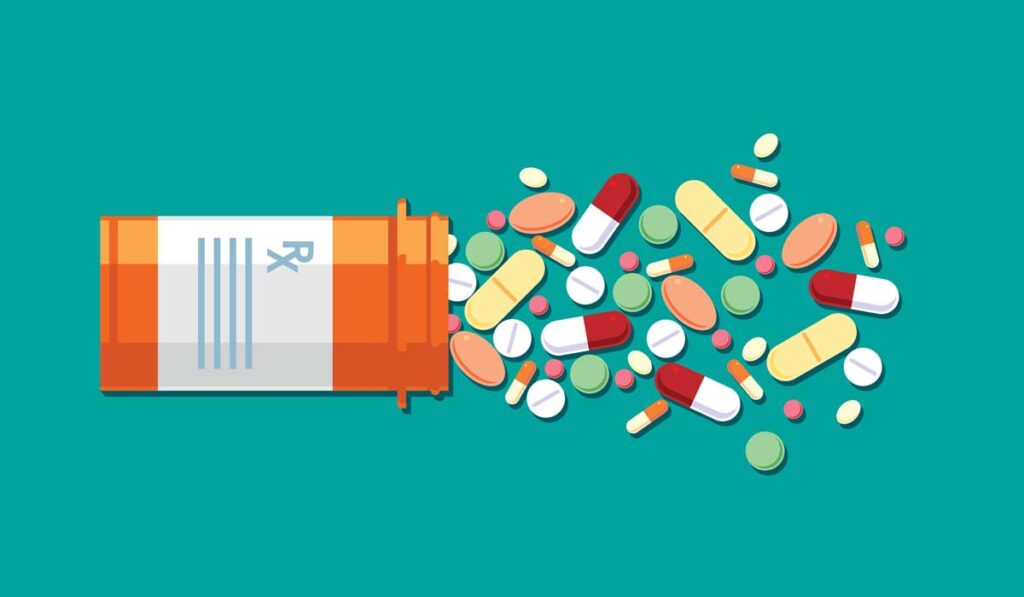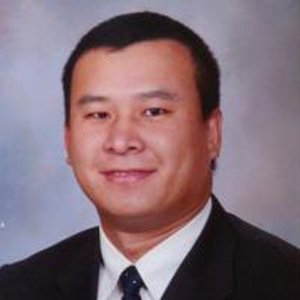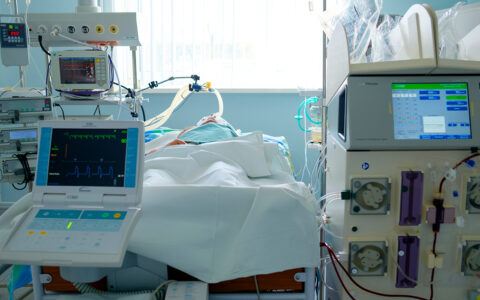From preclinical studies through FDA approval, the average timeline for discovering, developing and bringing to market a new drug extends more than a decade and costs hundreds of millions to billions of dollars.
With many thousands of drugs now FDA-approved for use in humans, advancements in genomic profiling and big-data analysis have opened opportunities for potentially expanding application of these medications to other types of diseases.
Fueling this momentum, in part, is a research team from Vanderbilt University Medical Center that recently validated a high-throughput model for capturing the genetic signature of a disease. This information can be used to explore treatment options for other diseases.
Focusing on two common diseases, hyperlipidemia and hypertension, primary investigator Wei-Qi Wei, M.D., an associate professor of biomedical informatics, and first author Patrick Wu, Ph.D., a Medical Science Training Program student, tested their model in a proof-of-concept study published in Nature Communications. The model was able to identify many candidate drugs not approved for specific diseases and, through EHR-extracted phenotypes, validate a subset to potentially merit efficacy trials.
“With the technology we now have to readily identify these repurposing candidates, we may soon see a change in how quickly these drugs can be tested for efficacy for treating other diseases, adding to the clinician’s toolbox,” Wei said.
Engineering in Reverse
The basis for discovery of repurposable drugs is conceptually straightforward. When a disease’s genetic expression signature is isolated through genotyping, the up- or down-regulations that cause the disease can be matched against the genetic expression signatures of various drugs. Effective drugs are those that can “reverse engineer” the molecular state – the up- or down-regulation – of the disease-associated genes.
Examples of successfully repurposed drugs include the chemotherapy drug rituximab, repurposed to treat rheumatoid arthritis, and sildenafil, initially studied for angina but repurposed to treat erectile dysfunction and later pulmonary arterial hypertension.
“With the technology we now have to readily identify these repurposing candidates, we may soon see a change in how quickly these drugs can be tested for efficacy for treating other diseases.”
The team began by isolating the genetic expression signatures of hyperlipidemia and hypertension. They started with data from a genome-wide association study (GWAS), then validated with EHR data using a model distinguishable from other, lower-powered models.
They screened 21,000 drug compounds, which they ran through predictive software to identify compounds that manipulate the gene expression of the diseases of interest. This step culminated in 149 candidate drugs for hyperlipidemia and 178 for hypertension.
The researchers then winnowed the candidates further by looking at blood pressure and lipid levels in Vanderbilt’s Synthetic Derivative, a database of 3.2 million deidentified EHRs, to see if the candidate drugs appeared to confer protection against the two conditions.
Twelve drugs emerged as showing efficacy in lowering blood cholesterol and 23 for lowering blood pressure. Among these 35 drugs were 10 currently approved for use.
To test their findings against a separate and more diverse database, the team used data from the NIH’s All of Us Research Program – the program’s Data and Research Center is led by Paul Harris, Ph.D., and Dan Roden, M.D., and housed at Vanderbilt. This step narrowed the field down to one repurposing candidate for hyperlipidemia and four for hypertension. Treatment effects for these drugs matched those that had been seen in the Synthetic Derivative.
Overcoming Limitations
Past efforts to leapfrog steps in the drug development and marketing pipeline have been limited by the nascent state of genetic sequencing and data-mining capabilities. Now, high-throughput genetic genotyping/sequencing, a burgeoning GWAS database, and advancements in mining EHRs have made identification of repurposed drug candidates for common diseases feasible.
Wei and Wu are sharing the software and computational notebooks they developed for this model to enable others to test additional repurposing candidates, but Wei says future progress will be determined by how fast GWAS and other databases can accumulate usable genetic information.
“With diseases like hyperlipidemia and hypertension, we have the power to do this kind of study,” he said. “But in general, for less common diseases, we will need more granular data than we currently have to find re-purposable drugs.”




